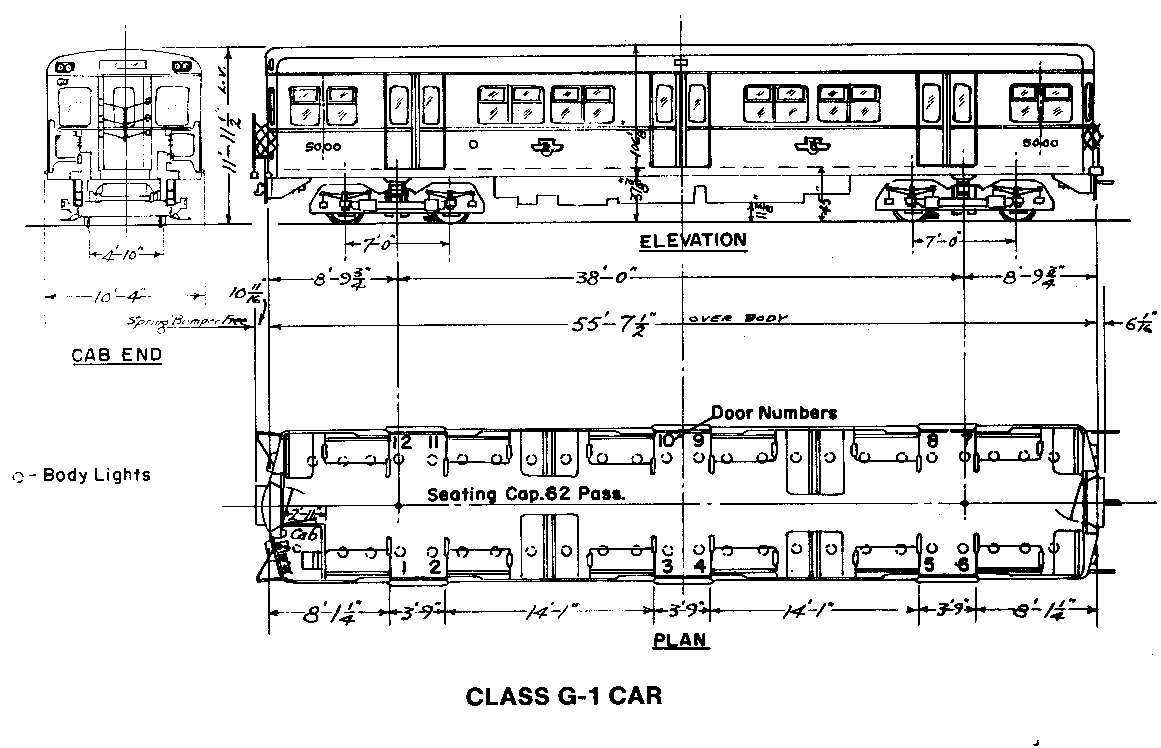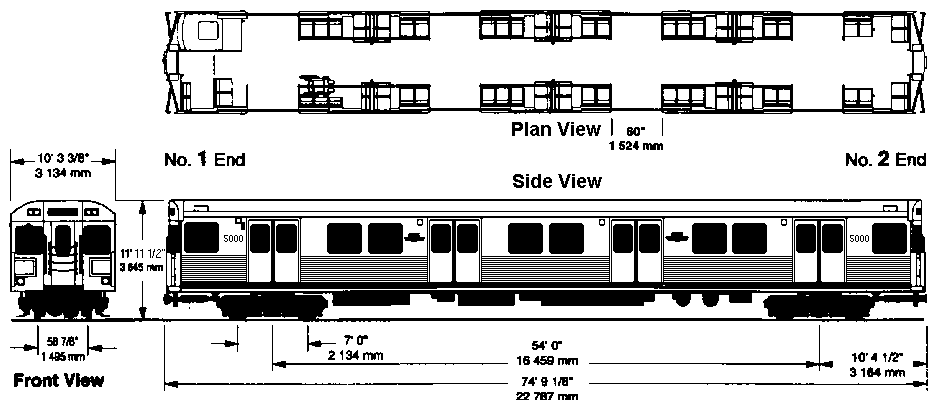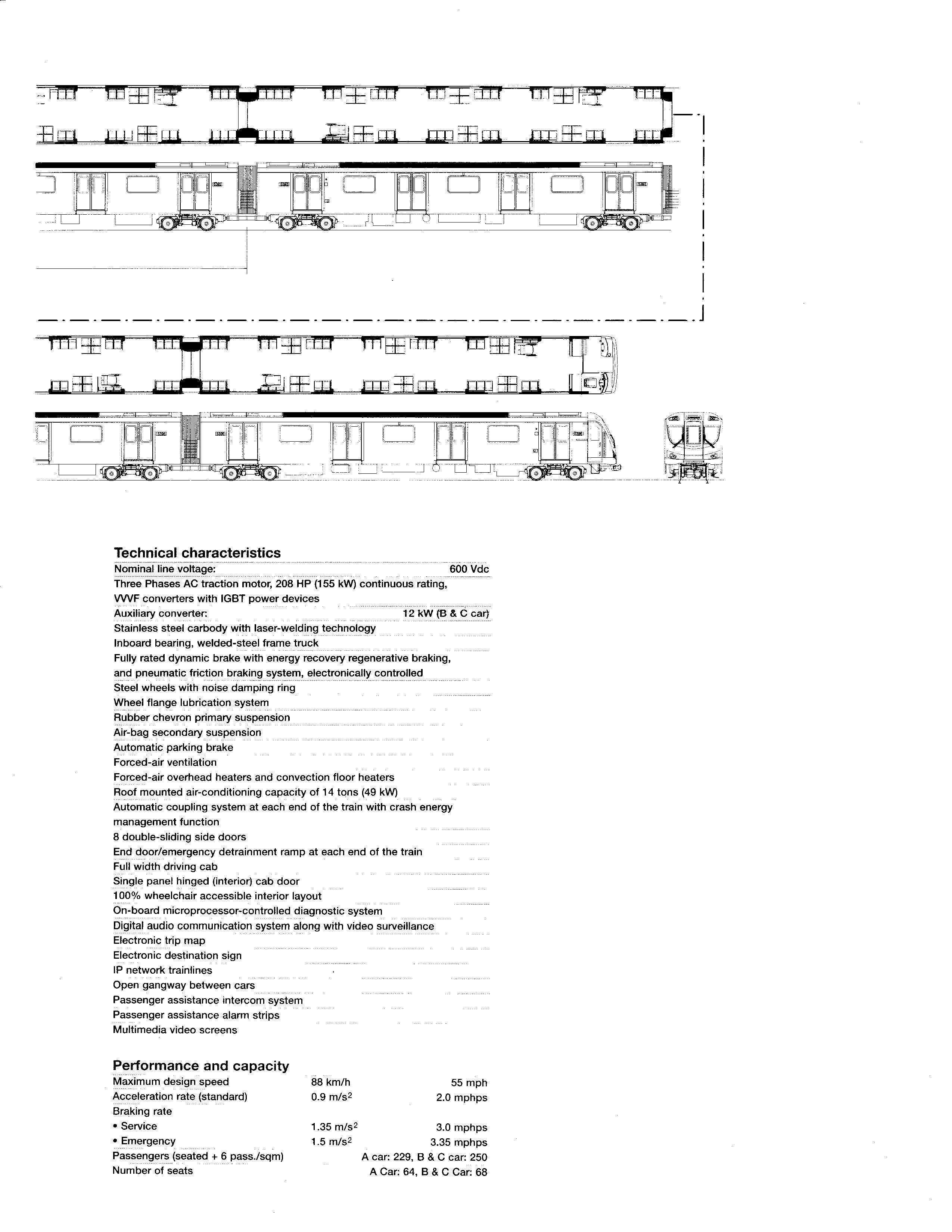AlvinofDiaspar
Moderator
We're assuming here a tunnel under the LSE corridor, which would put the portal around, here?

I can't speak for certain but I don't recall this part of the line being considered that flood prone, not to mention this entire area is being redeveloped already so I believe flood mitigation is already being built.
I think it is in the floodplain right now, but the Lower Don project currently being built will alleviate that risk. It might still be prudent to install floodgates though just in case.
AoD
Last edited:


